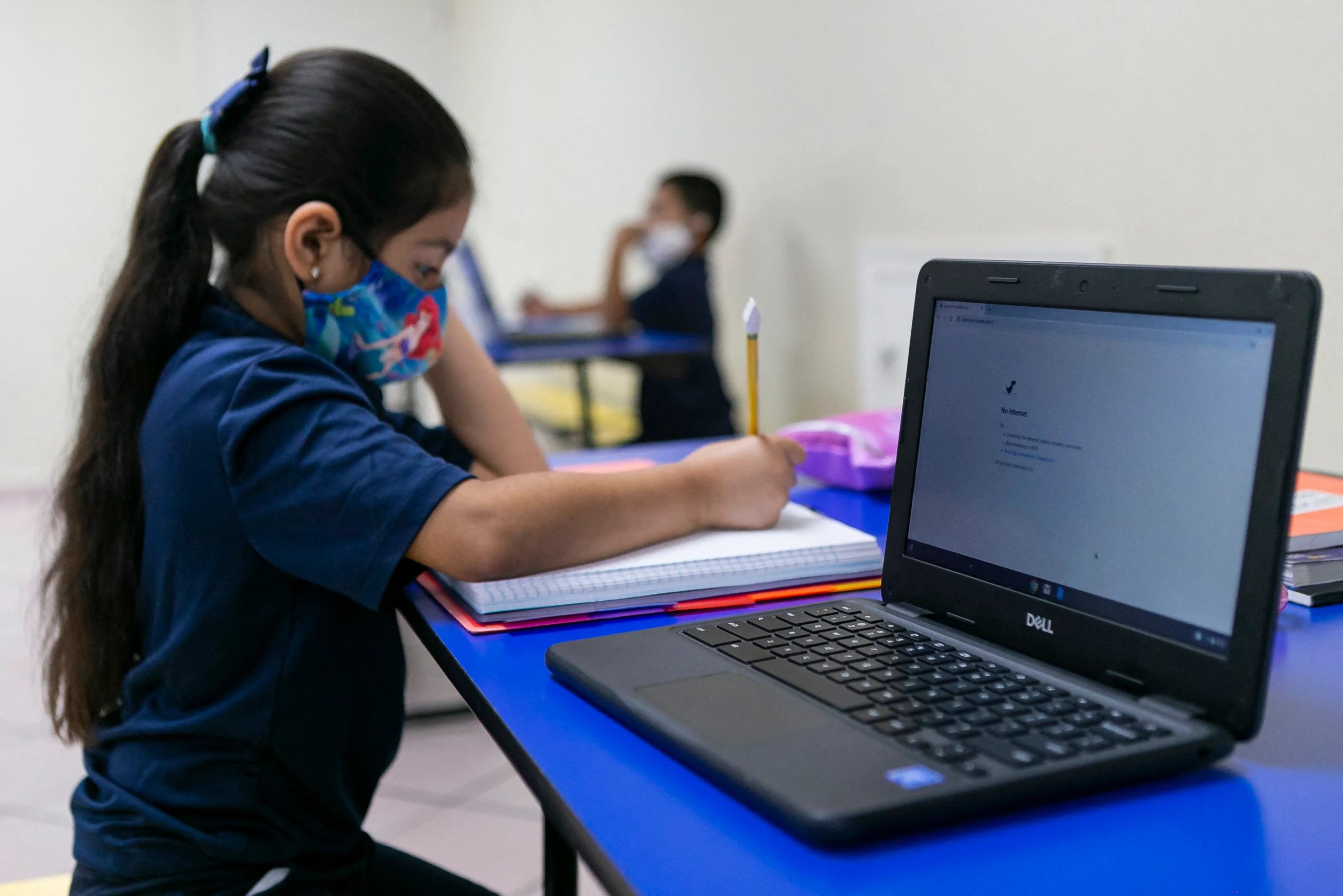Drastic changes have happened over the course of time, thanks to the pandemic. Online learning has become the main mode of education now and there’s no turning back. The change has been happening for a decade but the pandemic was truly a catalyst that transformed learning to a great extent. Students, school teachers and tuition teachers have adapted to this form of learning. This change has taken place throughout the globe for various systems of education in many countries.
Let’s take a look at how online learning has transformed education over the course of time!
How It All Started
It is highly believed that the first ever online course was offered by the university of Toronto. Nova Southeastern University created the first online classroom using its VAX 11/780 in 1985. A few years later, University of Phoenix became the first university to launch a fully online institution offering Bachelor’s and Master’s degrees.

CALCampus half a decade later introduced online lessons with real time teaching and participation which is the synchronous learning we all know and love today. These few advances at the beginning paved the pathway for the online learning world we see today. Until the end of the twentieth century, many countries invested more into universities that provide online learning and an increasing number of universities started providing online courses and lessons.
The Rise Of Online Learning
Following this was the initial boom of online learning, the 2000s. Some universities such as the Massachusetts Institute of Technology released free online courses for anyone in the world to access and learn even if they are not students of the university. This not only was beneficial for the general population it also acted as an advertisement for the universities providing these free online courses.

Massive open online courses (MOOCs) were introduced in 2008 and popularised in 2012. It aims to provide unlimited participation and to be openly accessed using the internet. It provides lectures, readings and also interactive features such as forums and discussions. MOOCs became very popular and common from 2012 to 2013 and are still maintaining high popularity to this day. It was estimated that at least 18.5 million students would be taking minimum 1 online course by 2014.
The Pandemic
Online learning was steadily increasing until it hit its massive secondary boom, the COVID-19 pandemic. Initially many universities, colleges and schools tried to carry on with face to face teaching but legal restrictions from countries started to force educational institutions to use online learning.

Although online courses and lessons were very popular, this change was very sudden and drastic for the educational world. Because of this, platforms such as zoom and Microsoft office became very widely used to conduct online lessons. This forced change resulted in an increase in the effectiveness of the online teaching system. Even after the COVID-19 pandemic becomes less of a problem many institutes and students may still prefer online lessons due to its convenience.
Adapting and Adjusting
Initially, online lessons were considered to be a lot less effective than face to face lessons as students can get easily distracted with their devices right in front of them. Moreover, teachers and professors were not very familiar or used to online teaching and were not able to effectively capture their students’ attention.

However, as time went by, they were able to learn how to use certain online tools and tools present in the platforms that they use to make lessons much more entertaining and interactive. In the future, the online learning market is expected to steadily increase, expected to be doubling the market value by 2025.
